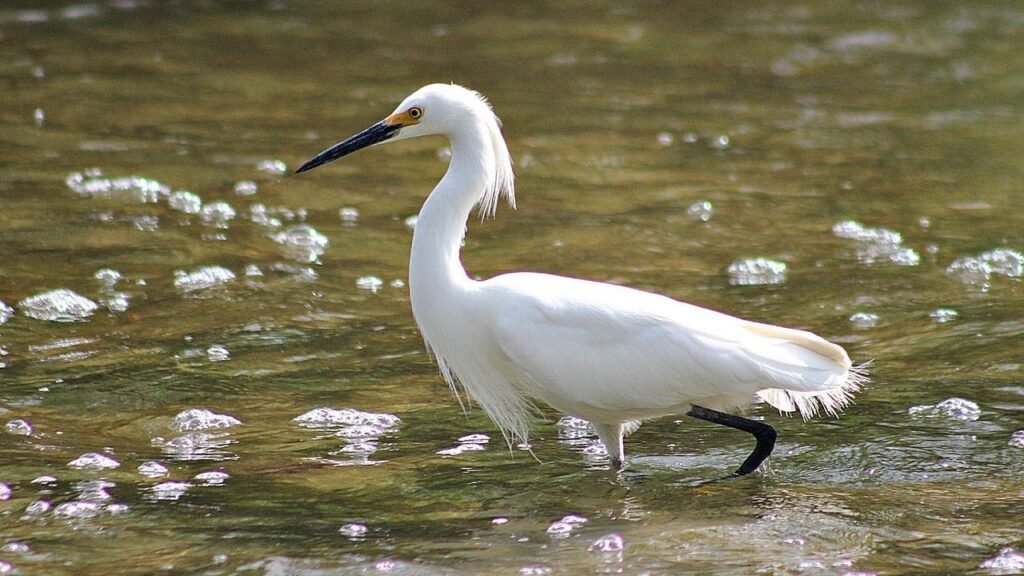When the mercury drops and winter blankets the landscape, something magical happens across America’s national wildlife refuges. Millions of birds begin their ancient journey south, transforming quiet wetlands into bustling avian highways. These protected sanctuaries become theaters of nature where massive flocks perform aerial ballets that leave observers breathless.
Every year, countless species from tiny warblers to towering cranes seek refuge in these carefully managed habitats. The sight of thousands of birds lifting off at sunrise or settling in for the night creates memories that last a lifetime. These refuges serve as critical stopover points along major flyways, offering food, shelter, and safety during the most challenging time of year for wildlife. So let’s explore nine remarkable refuges where winter’s arrival brings nature’s grandest spectacles to life.
Bosque del Apache National Wildlife Refuge, New Mexico
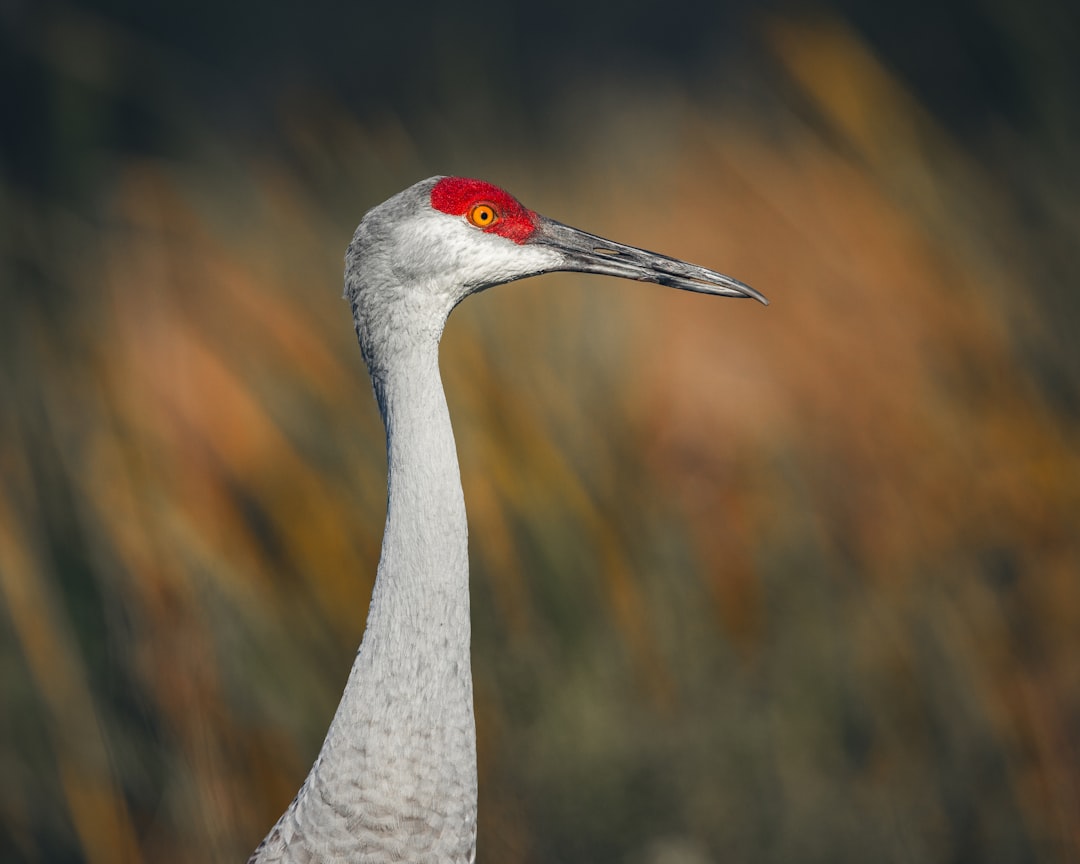
Late November to late February brings over 10,000 sandhill cranes and over 20,000 Ross’s and snow geese to this stunning New Mexico sanctuary, making it a favorite spot to observe sandhill cranes during their winter stay. The morning ritual is pure magic as dozens of sandhill cranes huddle together in small wetlands, standing in still water that rises halfway up their long legs while they sleep.
At dawn, thousands of snow geese and sandhill cranes take off en masse from the water where they roosted for protection from predators, with smaller groups of sandhill cranes following as they leave for feeding grounds throughout the Middle Rio Grande Valley. Winter visitors typically plan to be in the refuge at sunrise or sunset to witness these magnificent flocks commuting to or from local fields where they feed.
Klamath Basin National Wildlife Refuge Complex, Oregon and California

During fall and winter migrations, the refuges host hundreds of thousands, sometimes over a million, ducks, geese, and swans. More than 1,000 Bald Eagles winter in the area, representing the largest gathering of Bald Eagles in the contiguous United States.
The Klamath Basin draws an astonishing 75 to 80 percent of the region’s migratory birds, making it particularly famous for its wintering population of Bald Eagles, which is the largest in the United States outside of Alaska. In spring and fall, the basin becomes a corridor for an estimated one to two million ducks and geese, transforming the sky into a bustling avian highway.
J.N. “Ding” Darling National Wildlife Refuge, Florida
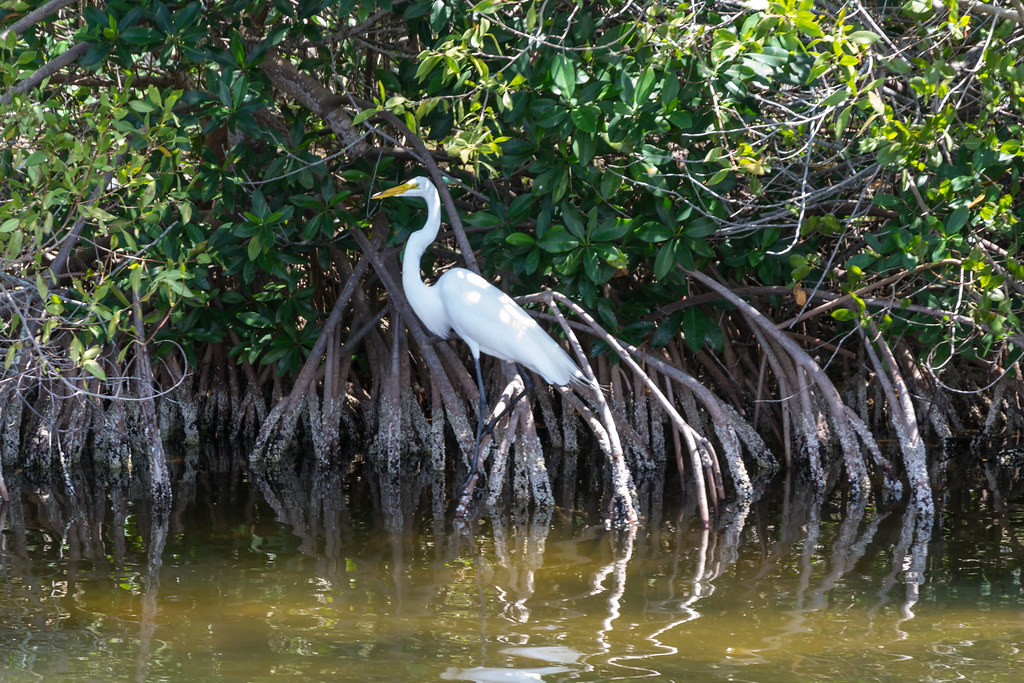
Located on Sanibel Island in southwestern Florida along the Gulf of Mexico, this refuge is renowned for its spectacular migratory bird populations and diverse wetland ecosystems, serving as home to over 245 species of birds. The refuge becomes a winter sanctuary where northern species escape harsh conditions while year-round residents continue their daily routines.
Given its location within a large mangrove ecosystem, it provides crucial feeding, nesting, and roosting grounds for a vast array of wading birds including herons, egrets, ibises, and spoonbills. The winter months bring spectacular concentrations of waterfowl seeking the refuge’s warm waters and abundant food sources.
Ottawa National Wildlife Refuge, Ohio
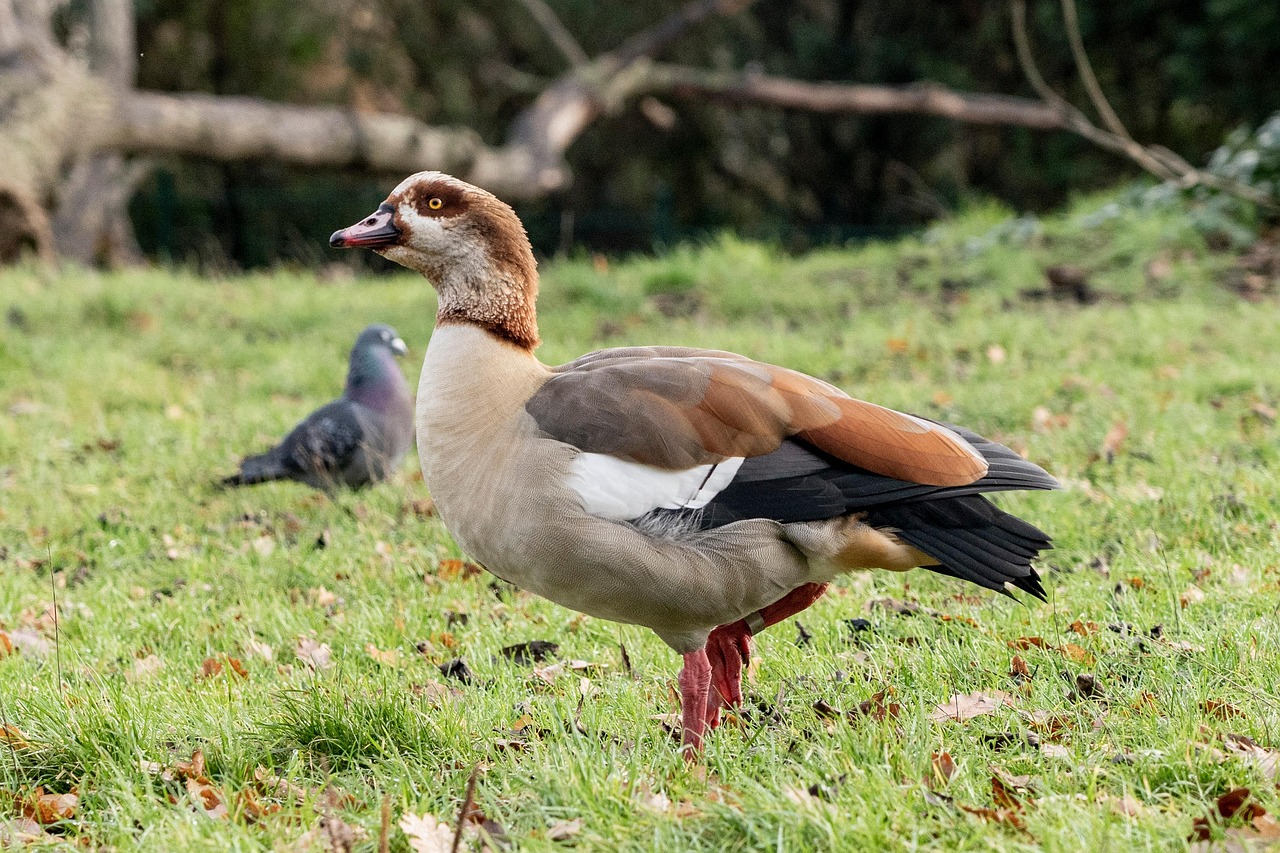
For avid birders, Ohio’s Ottawa National Wildlife Refuge is hard to beat, as the 6,500-acre refuge sits on marshland along the southwestern shore of Lake Erie along a major bird migration corridor. The Ottawa National Wildlife Refuge and adjacent Magee Marsh Wildlife Area in northwest Ohio form a globally significant complex for migratory birds, particularly during spring and fall migrations.
Winter transforms this Lake Erie sanctuary into a haven for waterfowl and raptors. The refuge’s strategic position along the Great Lakes flyway makes it a critical stopover point where thousands of birds gather before continuing their journeys or settling in for the winter months.
Prime Hook National Wildlife Refuge, Delaware
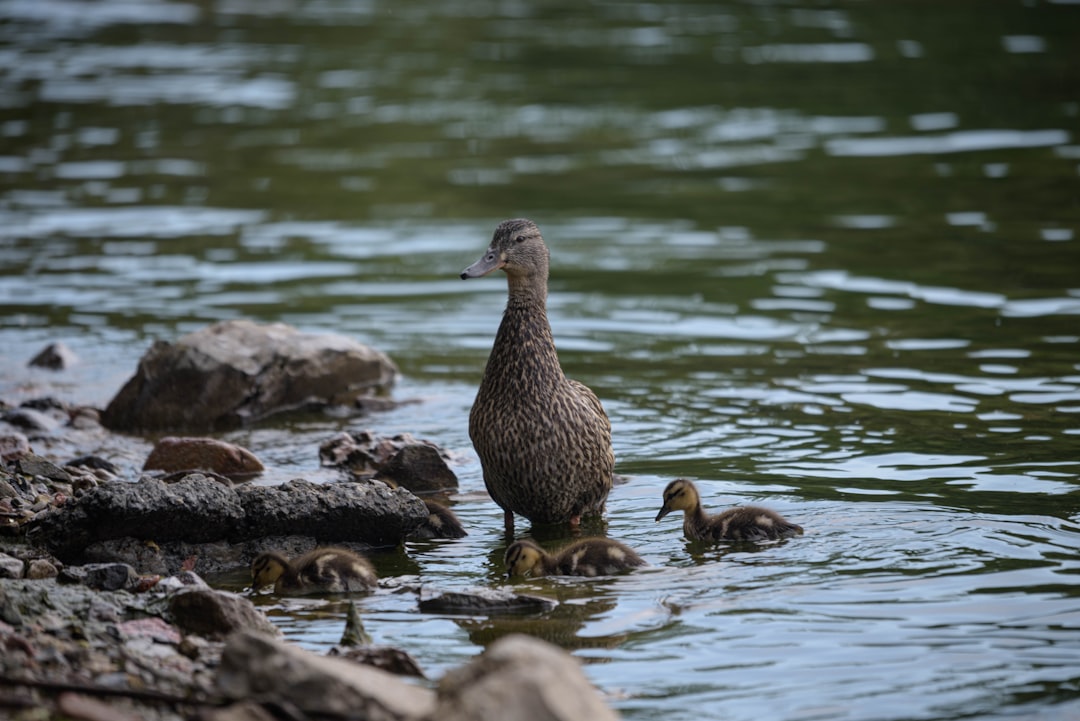
Ducks Unlimited consistently ranks Prime Hook National Wildlife Refuge as one of the top five waterfowl hunting spots in the United States, with as many as 85,000 ducks and 200,000 snow geese using the refuge in the fall. Roughly 80 percent of the refuge consists of a mix of fresh and saltwater wetlands stretching from Slaughter Beach in the north to the Broadkill River in the south.
Tundra swans arrive in winter months, with numbers peaking in February and March, while snow geese maintain significant presence throughout the winter season. The refuge’s position along Delaware Bay makes it a crucial stopover for countless waterfowl species seeking refuge from northern winters.
Malheur National Wildlife Refuge, Oregon

Located roughly 30 miles south of Burns in southeastern Oregon adjacent to iconic Steens Mountain, the 187,000-acre refuge provides breeding and nesting grounds for more than 340 species of birds, representing well over half of all bird species found in Oregon. Each spring and fall, billions of birds migrate along the Pacific Flyway from Alaska to Patagonia, passing through Oregon’s high desert, making spots like Malheur essential for hundreds of thousands of birds to eat, drink and refuel.
March and early April bring an influx of sandhill cranes, snow and Ross’ geese, tundra swans, and colorful waterfowl such as northern pintail, ruddy duck and cinnamon teal. The vast wetlands and marshes provide critical habitat during the challenging winter months when food sources become scarce elsewhere.
Grays Harbor National Wildlife Refuge, Washington
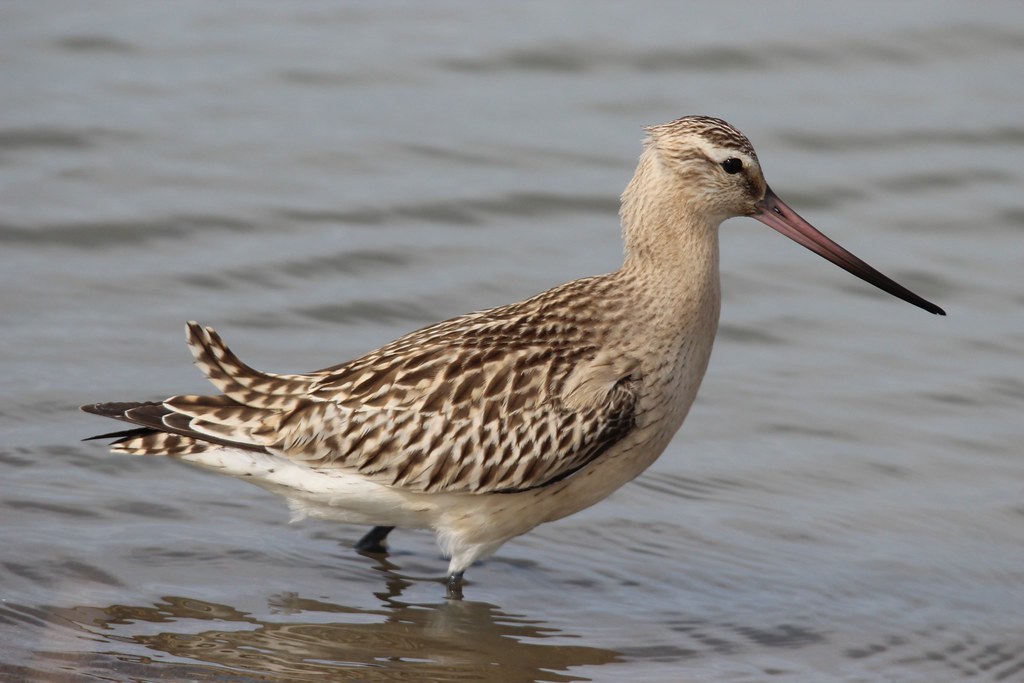
Nestled near the coast in Hoquiam, Washington, Grays Harbor National Wildlife Refuge serves as a popular waystation for migrating shorebirds in fall and spring, with Dunlins out in force by late October alongside least and western sandpipers and black-bellied plovers. The refuge’s coastal salt marshes provide essential habitat during winter storms and harsh weather conditions.
Winter brings dramatic changes to this Pacific Northwest sanctuary as shorebirds gather in enormous flocks. The refuge’s protected marshlands offer respite from coastal storms while providing abundant invertebrate food sources that sustain these remarkable travelers.
Santa Ana National Wildlife Refuge, Texas
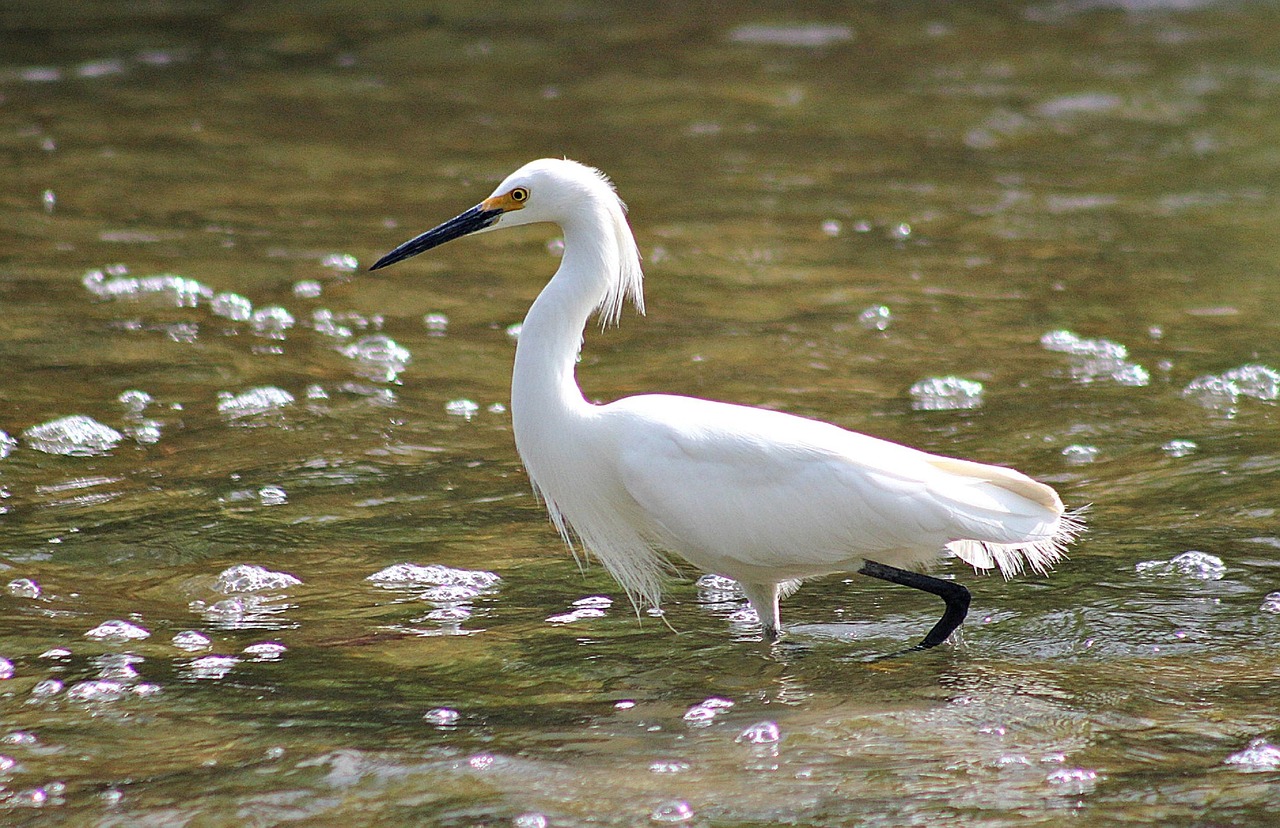
When it comes to national wildlife refuges, Santa Ana is on the smaller side, but because it’s located at the nexus of two major migratory routes, the place is flush with birds during migration season. Situated directly along the Rio Grande, the refuge is a sub-tropical paradise for birders.
Walking along 14 miles of paths through various habitats, under trees draped with Spanish moss, visitors might hear the buzz of a Tropical Parula, while winding through thick Texas brush, Green Jays and Great Kiskadees hop about as plump Plain Chachalacas crash through branches. The winter months bring northern species seeking warmer temperatures while resident tropical birds continue their year-round activities.
Las Vegas National Wildlife Refuge, New Mexico
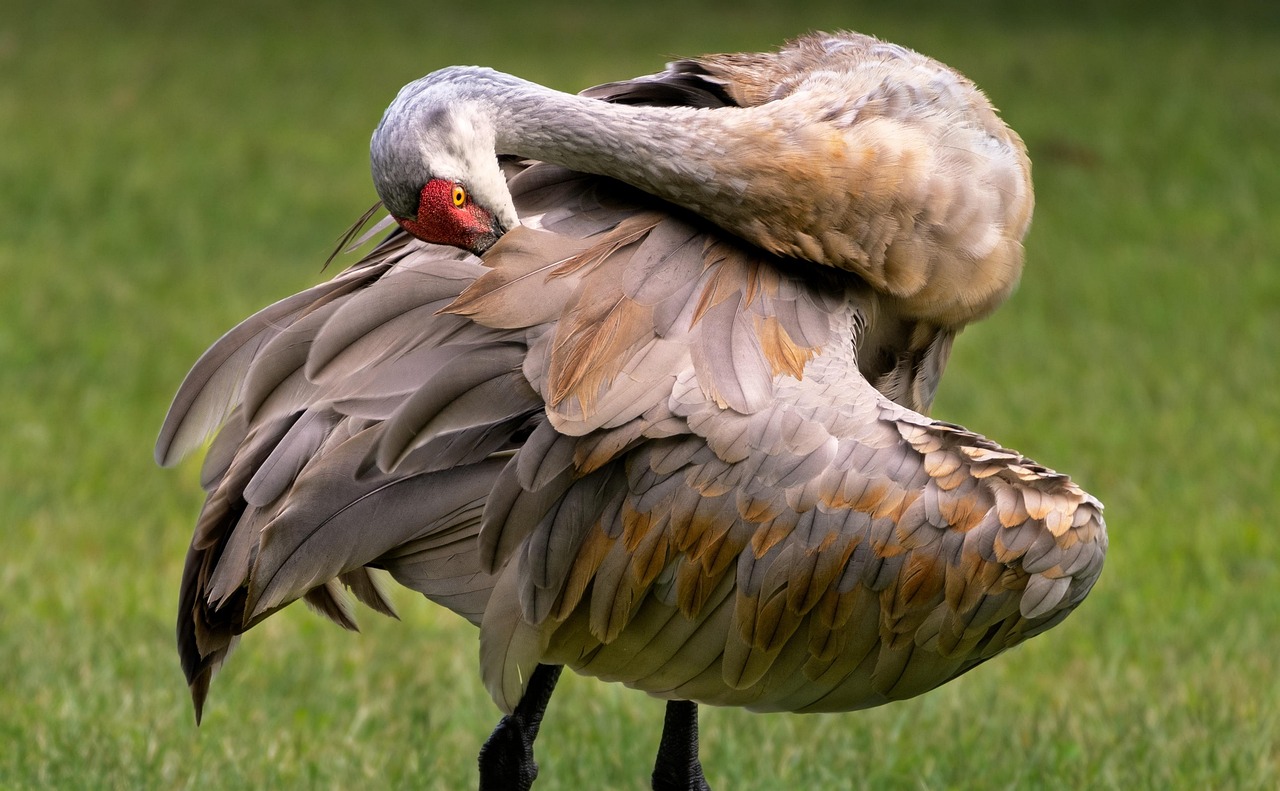
The Fall Flight Festival in November offers visitors the chance to take a 4.5-mile drive through back fields and past ponds to observe migrating waterfowl including sandhill cranes, ducks of all varieties, snow geese, coots, grebes, mergansers and bald eagles looking for their next meal. This high-altitude refuge in the Sangre de Cristo Mountains provides a unique winter experience at elevation.
The refuge transforms into a winter wonderland where snow-covered peaks provide a dramatic backdrop for thousands of waterfowl. Cold mountain air creates perfect conditions for viewing as birds concentrate around open water sources, creating spectacular photographic opportunities for wildlife enthusiasts.
Conclusion
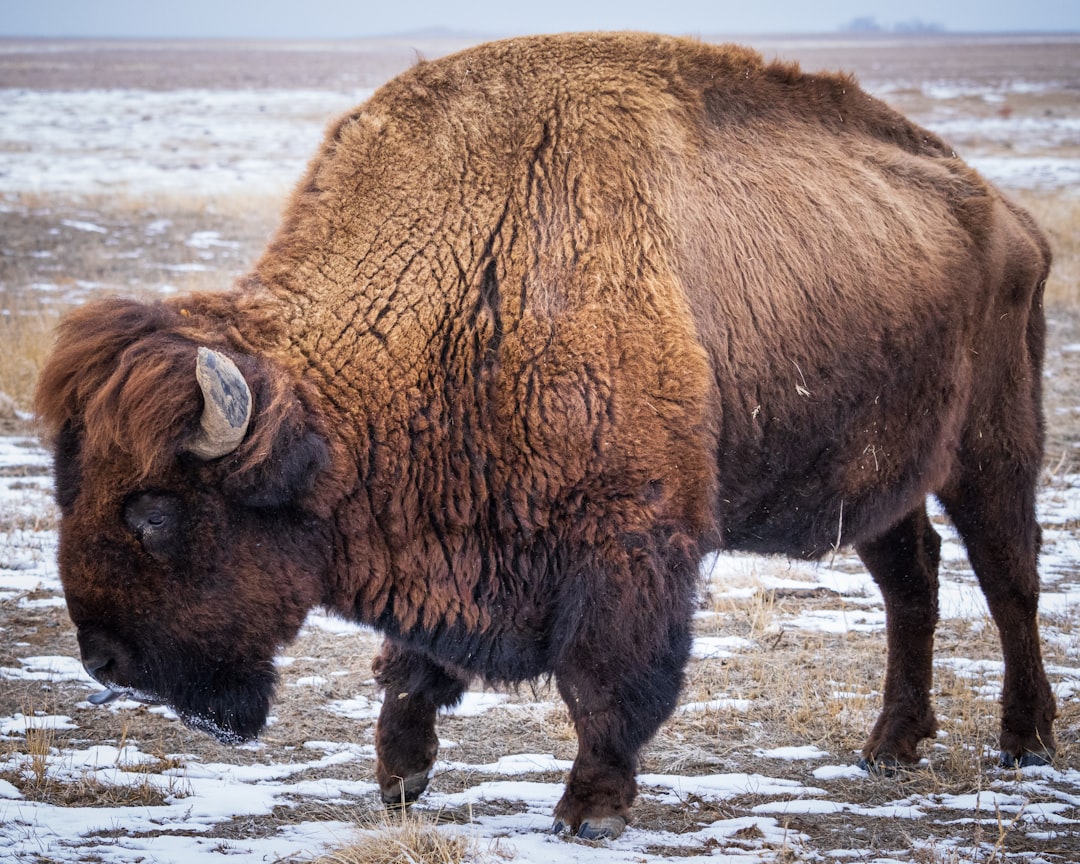
These nine national wildlife refuges represent some of America’s most spectacular winter wildlife destinations, each offering unique experiences that showcase the incredible diversity and resilience of migratory birds. From the desert oasis of Bosque del Apache to the coastal marshes of Prime Hook, these protected spaces serve as lifelines for millions of birds navigating the challenges of winter survival.
The magic of winter migration reminds us why these refuges matter so much. They’re not just beautiful places to visit – they’re essential links in a continental chain of habitats that keep our bird populations healthy and thriving. What would you have guessed about which refuge hosts the largest gathering of bald eagles in the lower 48 states?

